Darwin was definitely not one of the places that ranked high on my list of places to visit. Although, when a work conference was going to take me there, a bit of research seemed to show that there would be a few interesting things to see that wouldn’t require venturing too far into the outback. Despite Darwin being the capital of the Northern Territory, it is truly remote, and just getting there, even from New Zealand was an adventure itself.
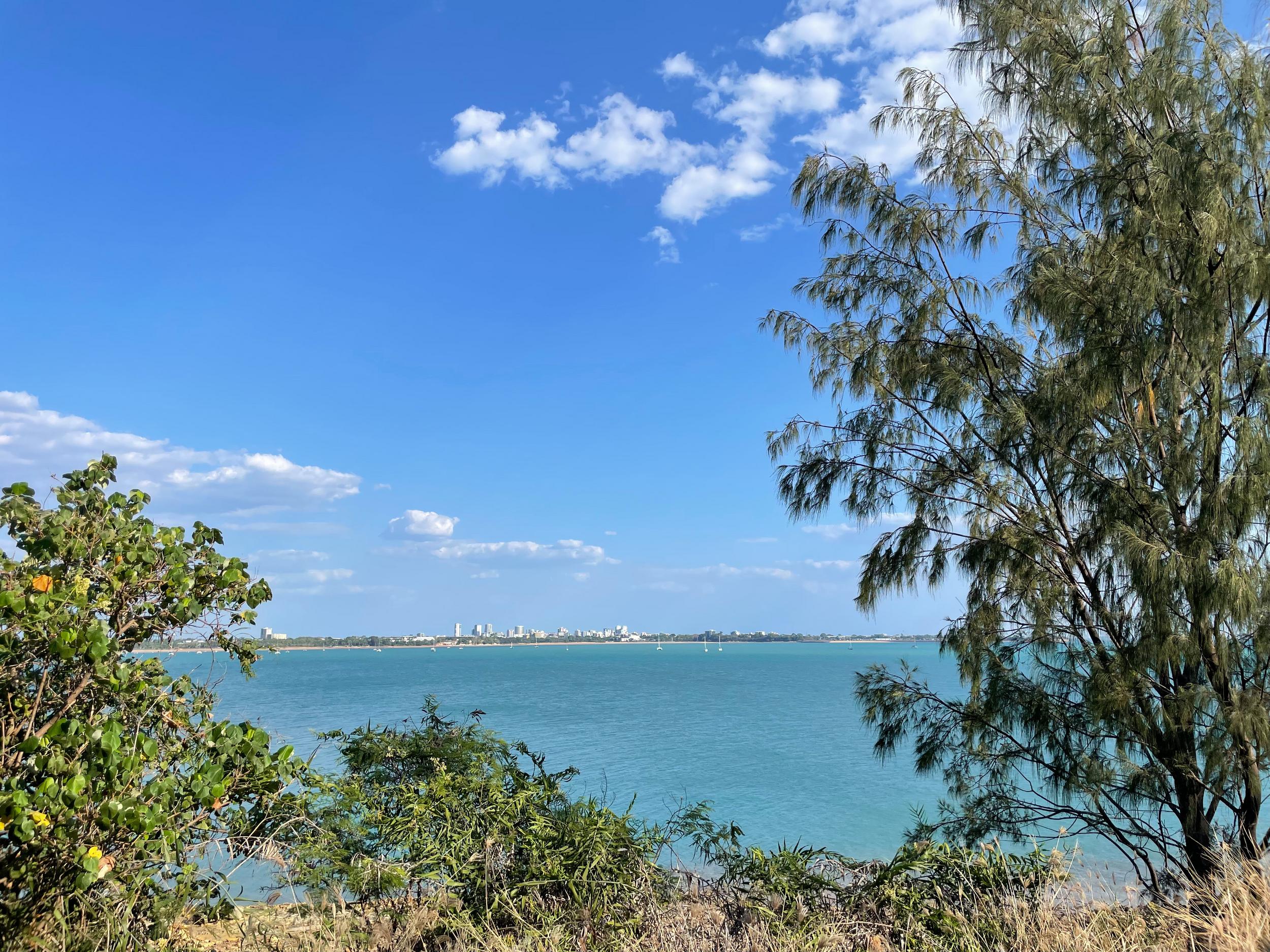
After a day of travelling, we walked out of the airport into the tropical night, only to be met with a warm downpour as we were waiting for a taxi to take us into the city. It was an instant reminder that we were much closer to the equator. After sleeping off some of our travel fatigue, we set out to explore the city and surrounding area. The park at East Point Reserve had a lovely track which was perfect for stretching our legs and gazing out over the Timor Sea towards the equator.
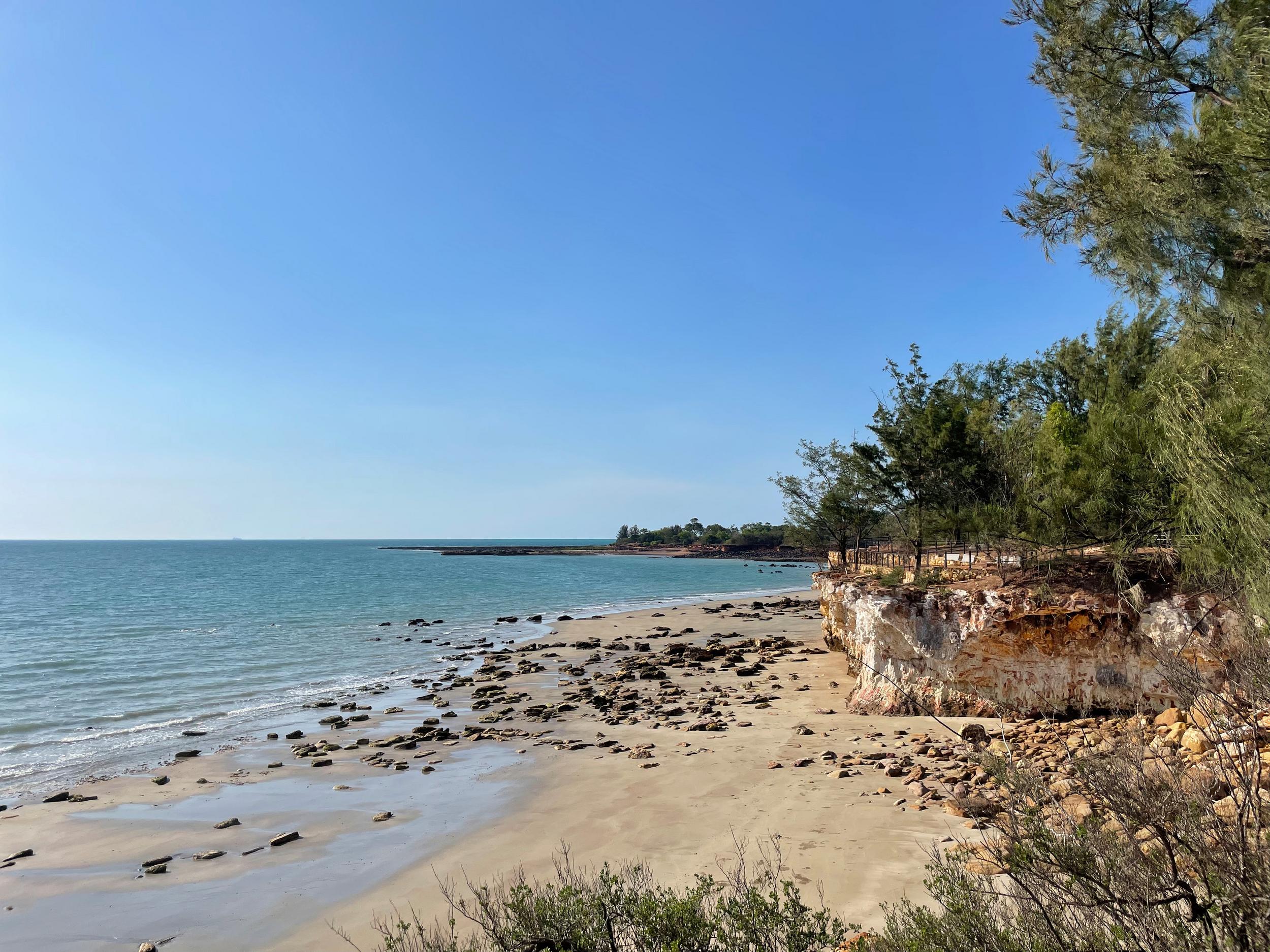
After a few days in the city attending the conference, we decided to brave the outback and venture into the relatively safe and accessible Litchfield National Park. We quickly left the city behind us and were driving through the start of the outback. This close to the coast, there is actually a reasonable amount of vegetation, with scrubby bushes interspersed with the odd tree.
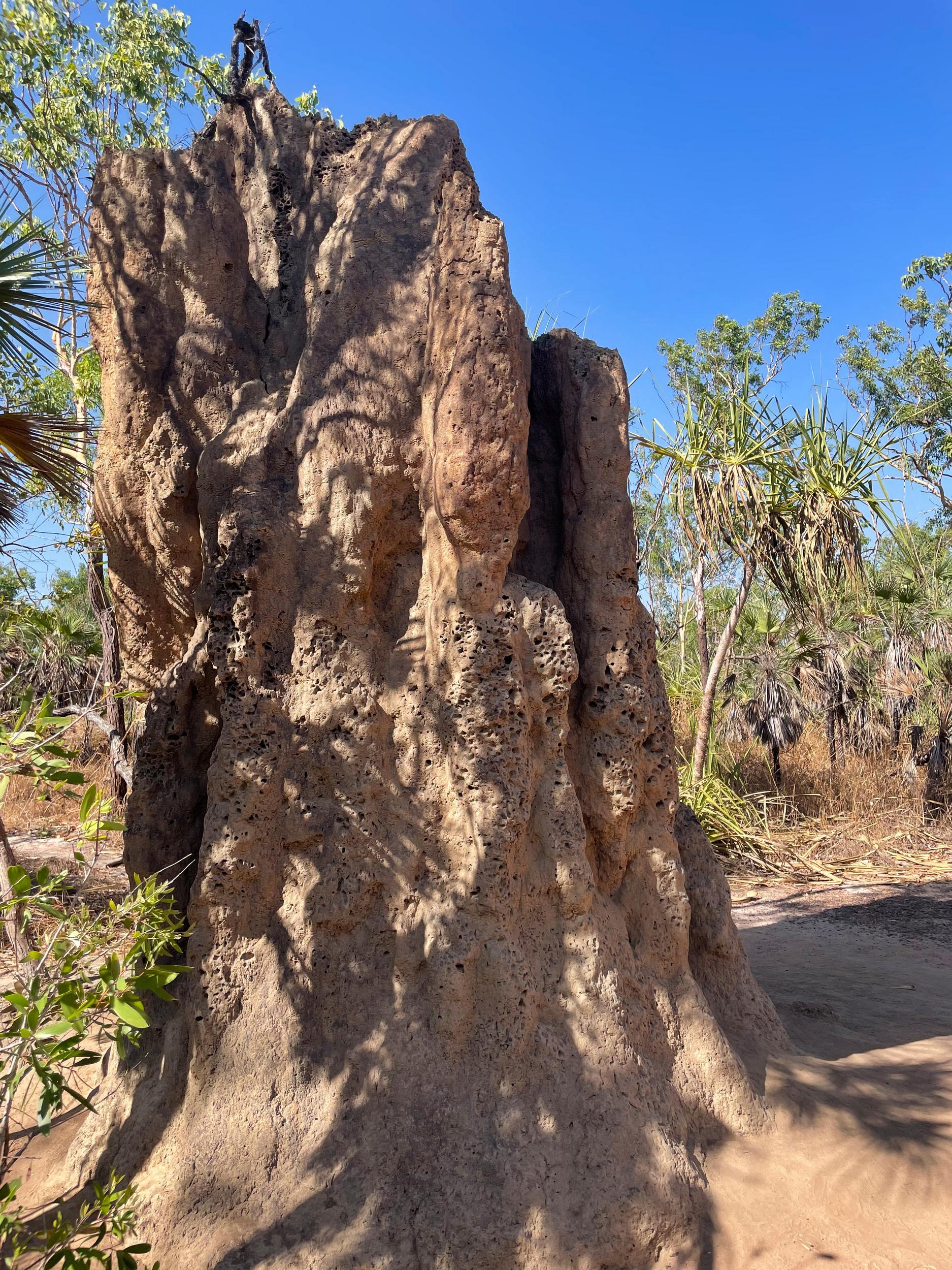
Litchfield National Park is known for two things; termite mounds and waterfalls. We decided to start with the termite mounds and as we pulled into the first car park we were amazed at the size of these huge structures. The Cathedral Terminate mounds are over four metres tall. Watching the tiny termites scurry up and down it was hard to imagine how they had created the towering mounds.
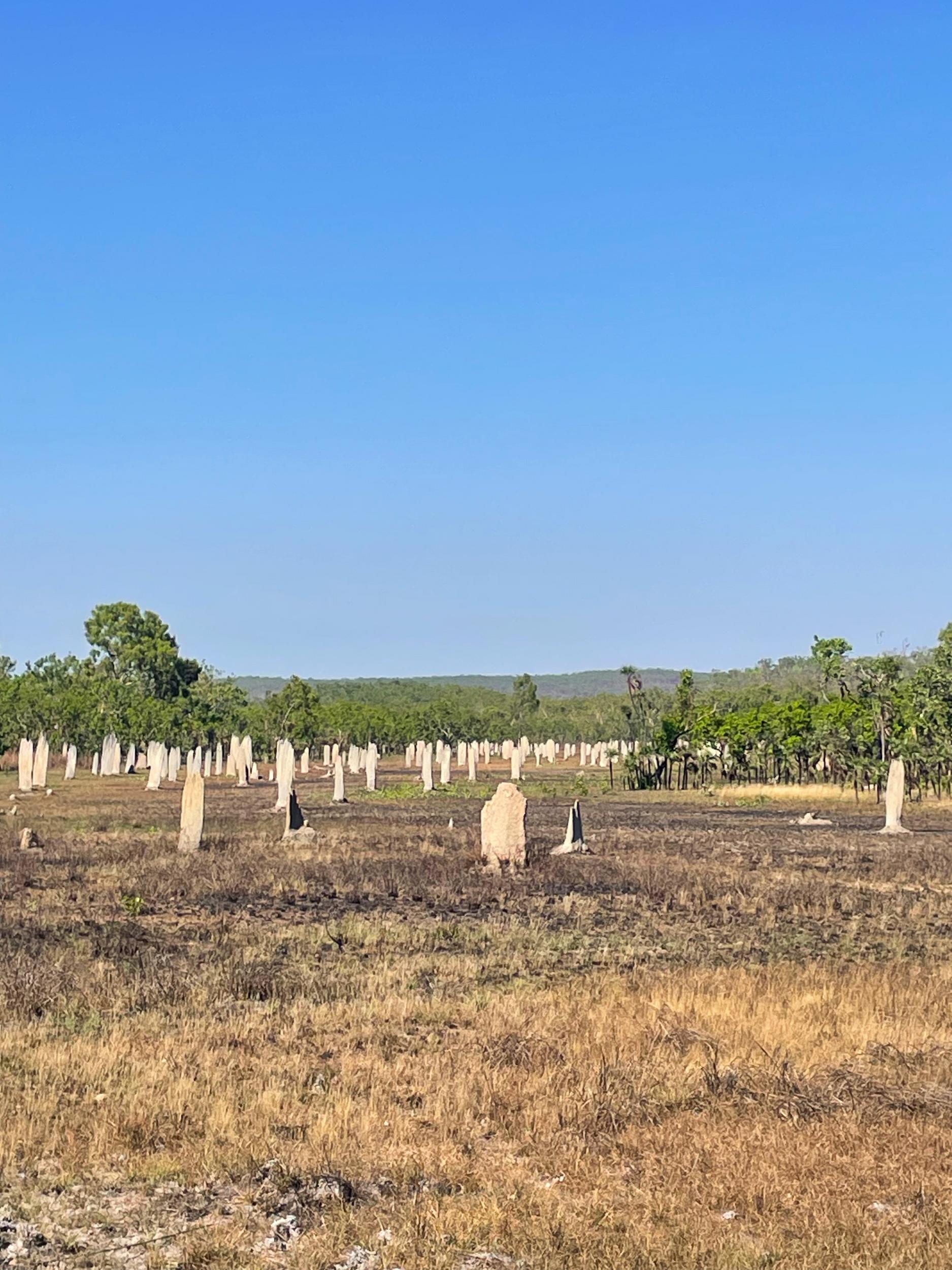
If the Cathedral Termite mounds were impressive for their height the neighbouring Magnetic Termites were in another engineering league! The clearing contained hundreds of tall, but incredibly narrow mounds, all of which were orientated in the exact same direction. The Magnetic Termites get their name because their homes are giant compasses, the thin edges point north-south and the the broad sides face east-west. This orientation thermo-regulates the mounds, ensuring that one side of the mound remains shaded allowing the termites inside to enjoy a steady temperature throughout the day.

After admiring the ingenuity of the termites for a while, we continued our trip around the park and made our way to Buley Rockhole. After a short walk through the scrubby forest we came to the river running through a series of huge rockpools. The lush and tranquil setting was quite a contrast to the images of the outback that I had in my head.
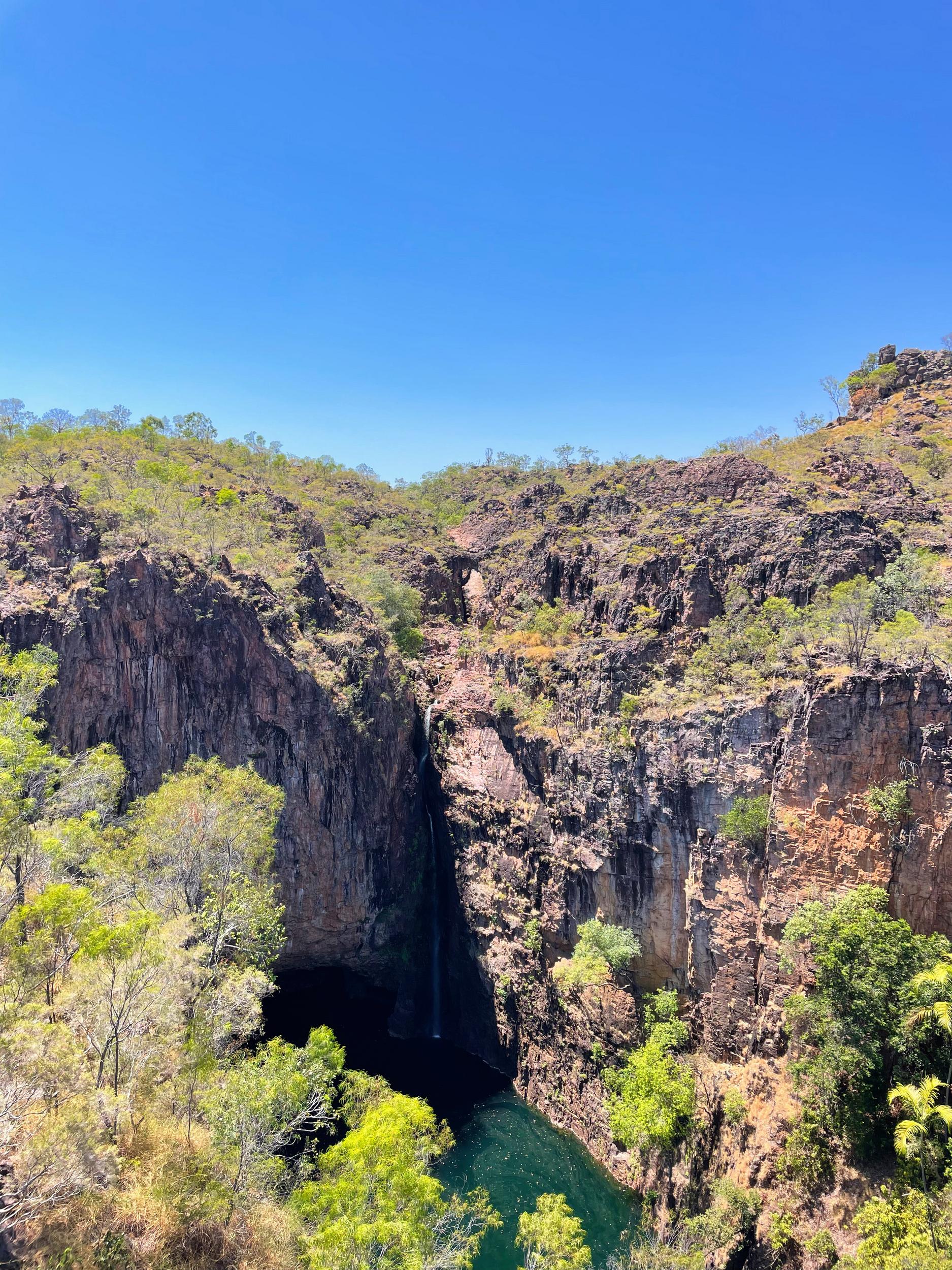
From Buley Rockhole we continued on our loop through the park, stopping at various waterfalls. We were incredibly lucky that the timing of our conference aligned with the end of the dry season, which meant there was still enough enough water in the rivers that the waterfalls were flowing, and we were before the worst of the heat and humidity.

Our final stop was Wangi Falls, one of the more popular swimming holes in the park. Although the falls didn’t have a huge amount of water, it was still a nice place to take a break from the heat. Later in the season the area is closed as the higher volumes of water mean that saltwater crocodiles can make their way into the pools, something we were very keen to avoid!
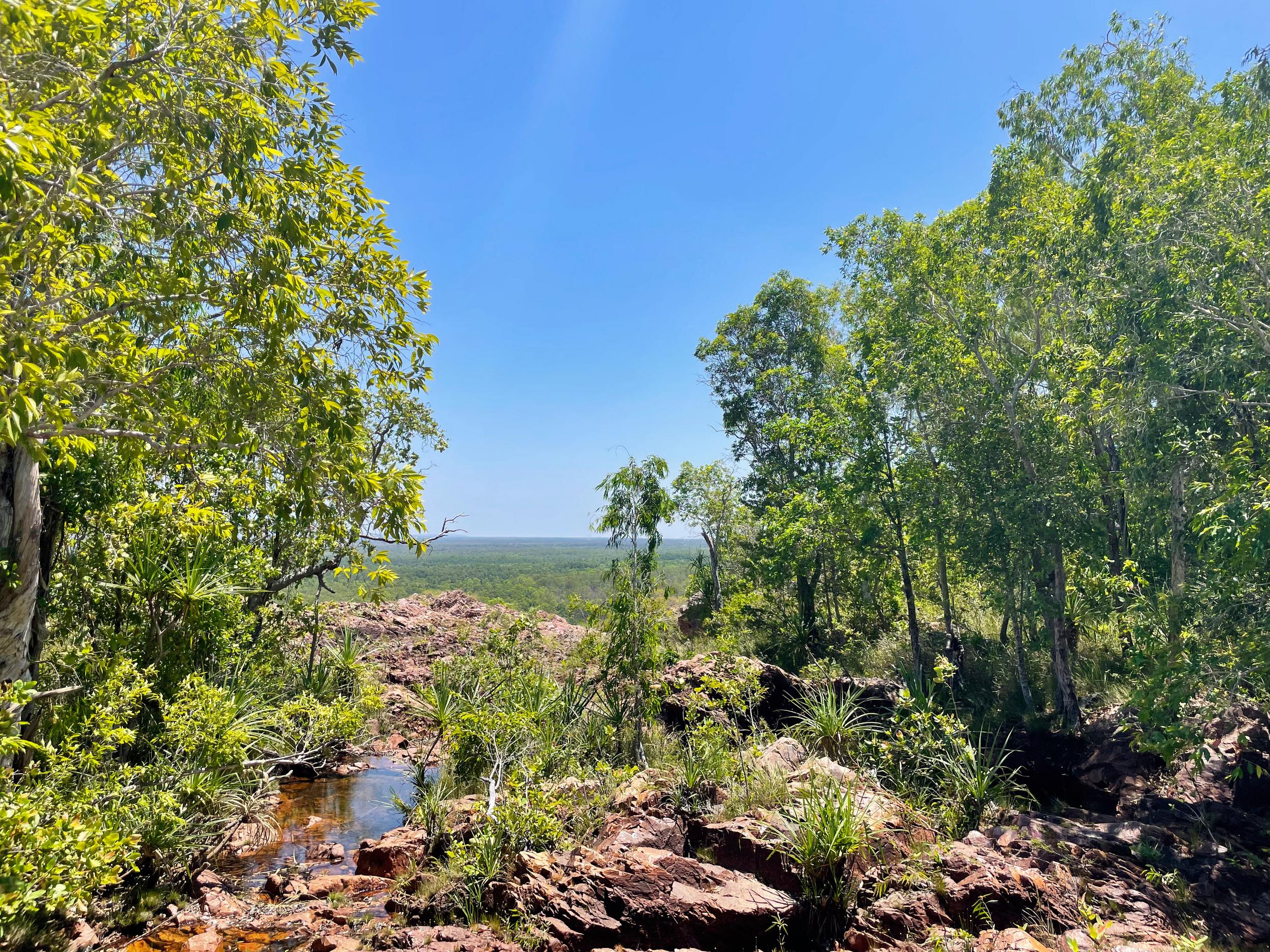
Although the heat was really starting to increase, we decided to do the short bushwalk around the falls. The monsoon rainforest around the river was surprisingly lush and full of life. At one point we heard some noise in the canopy above us and looking up, were surprised to see huge numbers of fruit bats dangling from the branches above us. They were struggling to keep cool in the afternoon heat and were constantly fighting and bickering with one another to get the best position to stretch out their wings to help cool themselves down. Although the fruit bats were not the kangaroos or crocodiles we were expecting to see, they made for a great end to our gentle foray into the bush.
